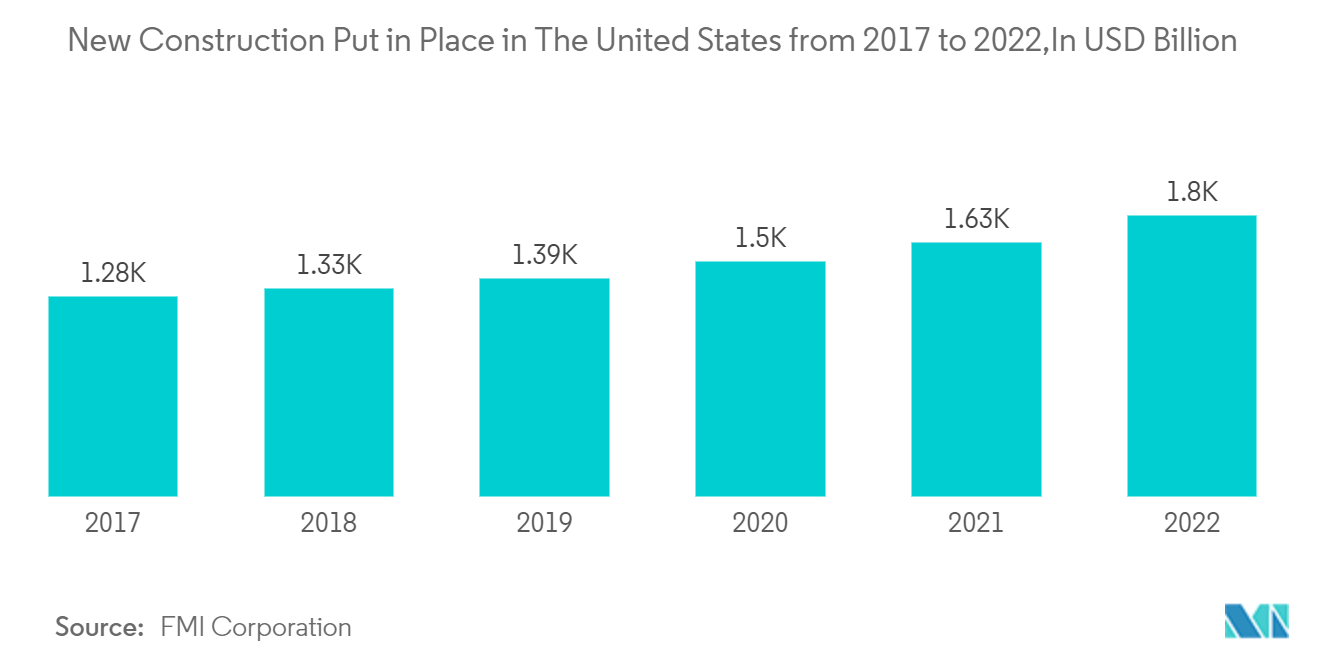Market Trends of Flatbed Trailer Industry
Lowboy Trailers is Dominating The Flatbed Trailer Market
Lowboy trailers dominate the flatbed trailer market due to their unique design and versatile applications across various industries. These trailers are characterized by their low deck height, which makes them ideal for transporting tall and heavy equipment, machinery, and oversized cargo.
The widespread usage of lowboy trailers can be attributed to their ability to accommodate large and heavy loads while maintaining stability and maneuverability during transportation. Industries such as construction, mining, energy, and infrastructure development rely heavily on lowboy trailers to efficiently transport specialized equipment and materials to job sites. Their low deck height enables the transportation of tall and bulky items without exceeding height restrictions on roads and highways.
Furthermore, lowboy trailers offer advantages in terms of safety as their design lowers the center of gravity, reducing the risk of rollovers and improving stability during transport. This feature is particularly crucial when hauling heavy machinery and equipment over long distances or challenging terrains. Additionally, lowboy trailers typically feature ramps for easy loading and unloading, enhancing efficiency in logistics operations.
Technological advancements and innovations in trailer design also influence the dominance of lowboy trailers in the flatbed trailer market. Manufacturers continually strive to improve the performance, durability, and efficiency of lowboy trailers through the use of lightweight materials and advanced suspension systems. These innovations contribute to fuel efficiency, reduce maintenance costs, and enhance operators' overall productivity.
Moreover, the global expansion of infrastructure projects, construction activities, and industrial development further drives the demand for lowboy trailers. Emerging economies in regions such as Latin America and Africa are witnessing rapid urbanization and infrastructure investments, leading to increased demand for heavy equipment transportation solutions. Lowboy trailers are critical in facilitating these developments by providing reliable and efficient transportation services.

Asia Pacific Dominates the Flatbed Trailer Market
Various factors, including the expansion of manufacturing sectors, increased construction activities, and rising international trade volumes, drive the growing demand for flatbed trailers in Asia-Pacific. These trends necessitate efficient transportation solutions for the movement of heavy machinery, construction materials, and other oversized cargo, thus driving the demand for flatbed trailers.
Moreover, Asia-Pacific's vast geographical expanse and diverse industrial landscape present a wide range of opportunities for flatbed trailer manufacturers and suppliers. Countries like China, India, Japan, and South Korea are at the forefront of market growth, supported by their large manufacturing bases, infrastructure investments, and favorable government policies.
China, in particular, stands out as a major contributor to the flatbed trailer market in Asia-Pacific and globally. The country's booming manufacturing sector, extensive road network expansion, and robust export-oriented economy fuel significant demand for flatbed trailers.
China's Belt and Road Initiative (BRI) has also spurred infrastructure development and trade connectivity across Asia, further driving the need for transportation equipment like flatbed trailers.
India, another key market in the region, is witnessing rapid infrastructure development and urbanization, driving demand for flatbed trailers in the construction and transportation sectors. The Indian government's initiatives, such as "Make in India" and investments in infrastructure projects like highways, railways, and ports, are bolstering the demand for flatbed trailers for efficient logistics and cargo transportation.
Asia-Pacific serves as a significant hub for flatbed trailer exports to other global markets. Manufacturers leverage the region's cost-effective production capabilities and skilled workforce to cater to international markets in North America, Europe, and other regions with growing transportation needs.


